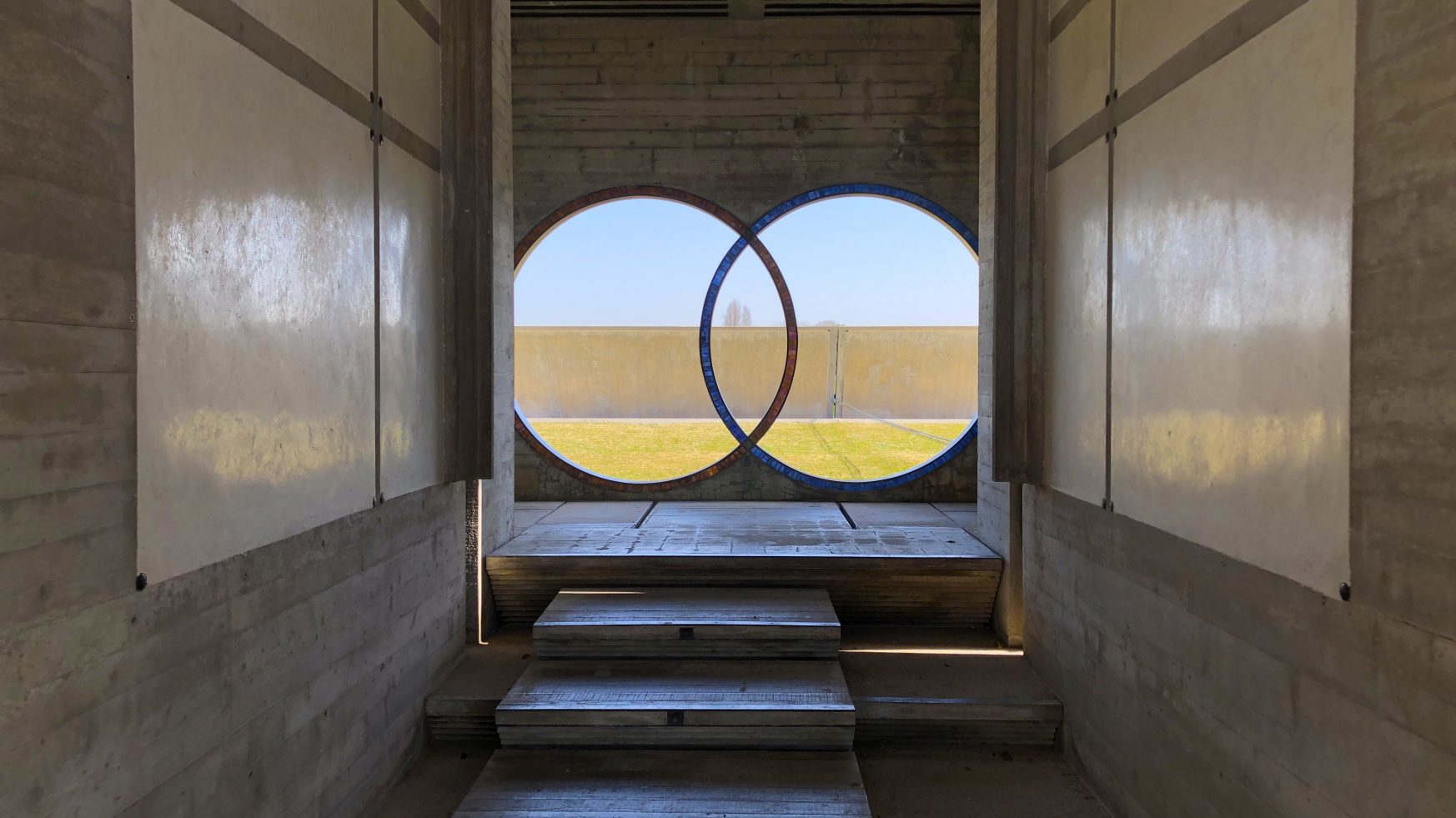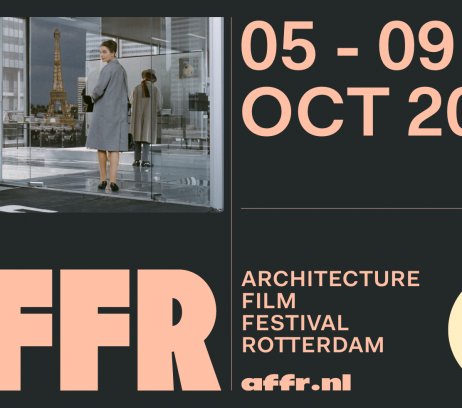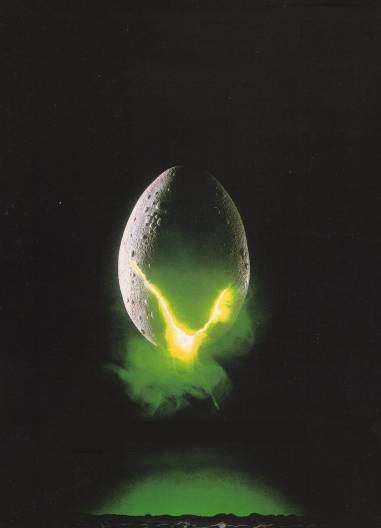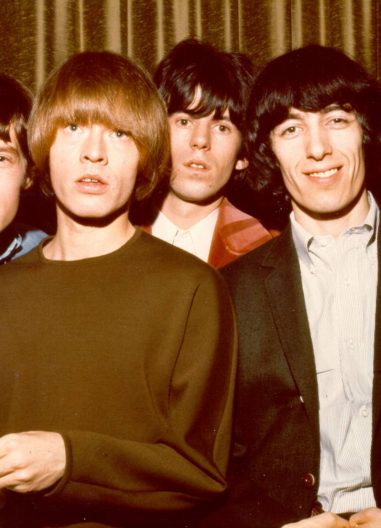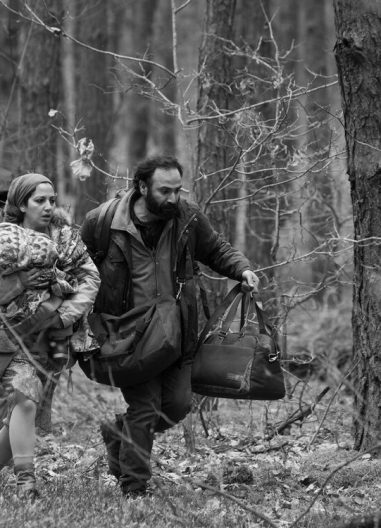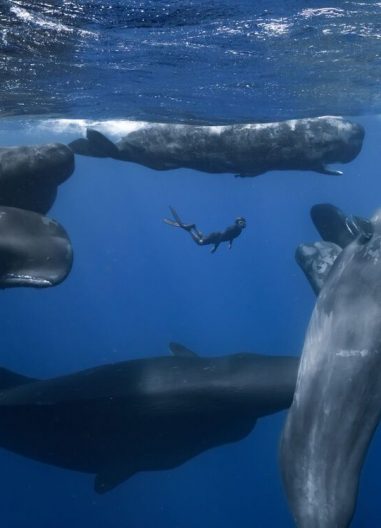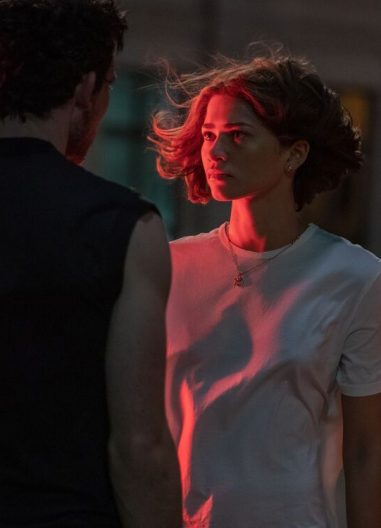Beyond the Life of Forms
Het Brion Funerary Complex en de San Cataldo Cemetery, ontworpen door respectievelijk Carlo Scarpa en Aldo Rossi, hebben in hoge mate bijgedragen aan de ontwikkeling van de typologie van de begraafplaats. Hoewel beide projecten in het begin van de jaren zeventig werden bedacht door Italiaanse architecten die geworteld zijn in het modernisme, stralen beide begraafplaatsen elk een eigen sensuele eigenaardigheid uit. Beyond the Life of Forms doet er alles aan om de unieke aantrekkingskracht van elk project te benadrukken, zonder de twee met elkaar te vergelijken. De lange opnames en elegante shots benadrukken zowel de details als de context van elk project. De scènes worden begeleid door verhalen van niet alleen de architecten zelf, maar ook van tijdgenoten, bewonderaars en kunstenaars, die de thematische reikwijdte van de film helpen vergroten. Nene Grignaffini en Francesco Conversano maakten een film die boven een architectuurexcursie uitstijgt en die dieper gaat dan enkel de esthetische aantrekkingskracht van Scarpa’s en Rossi’s meesterwerken.
The Brion Funerary Complex and the San Cataldo Cemetery, designed by Carlo Scarpa and Aldo Rossi respectively, helped evolve the typology of the cemetery. Though both projects were conceived in the early 1970s, by Italian architects grounded in modernism, the design of the cemeteries encapsulates a sensual idiosyncrasy. But that is where the similarities end. Beyond the Life of Forms takes pains to highlight the unique appeal of each project, never comparing the two. The long takes and elegant shots highlight both the details and the context of each project separately. These scenes are accompanied by a narration based on the words of not just the architects themselves, but of contemporaries, admirers and artists, which help widen the thematic scope of the film. Nene Grignaffini and Francesco Conversano made a film that rises above an architectural tour and contemplates something beyond the aesthetic appeal of Scarpa’s and Rossi’s masterpieces.
Kies tijdstip
- filmspecial
Het Brion Funerary Complex en de San Cataldo Cemetery, ontworpen door respectievelijk Carlo Scarpa en Aldo Rossi, hebben in hoge mate bijgedragen aan de ontwikkeling van de typologie van de begraafplaats. Hoewel beide projecten in het begin van de jaren zeventig werden bedacht door Italiaanse architecten die geworteld zijn in het modernisme, stralen beide begraafplaatsen elk een eigen sensuele eigenaardigheid uit. Beyond the Life of Forms doet er alles aan om de unieke aantrekkingskracht van elk project te benadrukken, zonder de twee met elkaar te vergelijken. De lange opnames en elegante shots benadrukken zowel de details als de context van elk project. De scènes worden begeleid door verhalen van niet alleen de architecten zelf, maar ook van tijdgenoten, bewonderaars en kunstenaars, die de thematische reikwijdte van de film helpen vergroten. Nene Grignaffini en Francesco Conversano maakten een film die boven een architectuurexcursie uitstijgt en die dieper gaat dan enkel de esthetische aantrekkingskracht van Scarpa’s en Rossi’s meesterwerken.
The Brion Funerary Complex and the San Cataldo Cemetery, designed by Carlo Scarpa and Aldo Rossi respectively, helped evolve the typology of the cemetery. Though both projects were conceived in the early 1970s, by Italian architects grounded in modernism, the design of the cemeteries encapsulates a sensual idiosyncrasy. But that is where the similarities end. Beyond the Life of Forms takes pains to highlight the unique appeal of each project, never comparing the two. The long takes and elegant shots highlight both the details and the context of each project separately. These scenes are accompanied by a narration based on the words of not just the architects themselves, but of contemporaries, admirers and artists, which help widen the thematic scope of the film. Nene Grignaffini and Francesco Conversano made a film that rises above an architectural tour and contemplates something beyond the aesthetic appeal of Scarpa’s and Rossi’s masterpieces.

